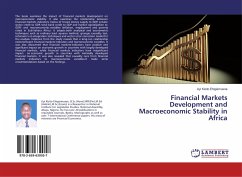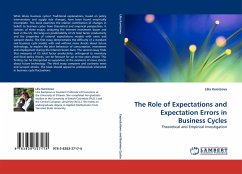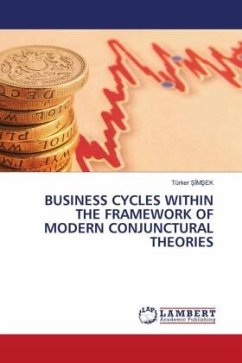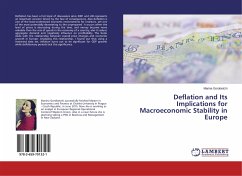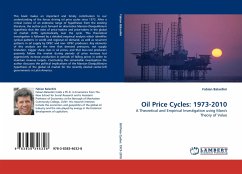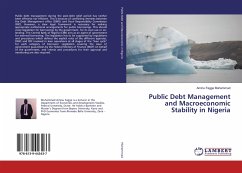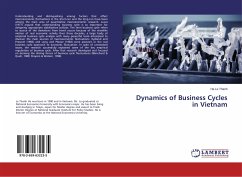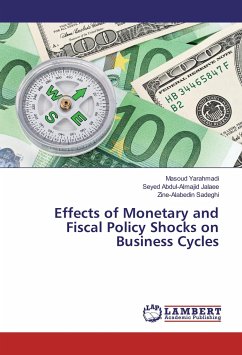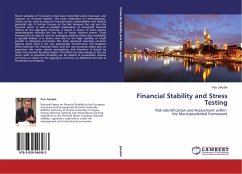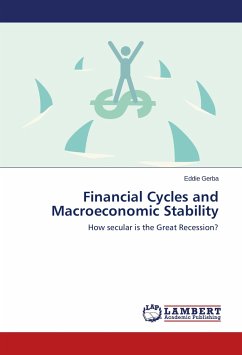
Financial Cycles and Macroeconomic Stability
How secular is the Great Recession?
Versandkostenfrei!
Versandfertig in 6-10 Tagen
30,99 €
inkl. MwSt.

PAYBACK Punkte
15 °P sammeln!
Seven years have passed since the first financial crisis in 2008 and the recovery is still anemic despite years of zero interest rates and repeated injections of liquidity into the financial system. The prospects for future growth are even thinner. Leading economists have put the diagnosis of 'secular stagnation', providing little hope for a complete recovery unless more drastic measures are taken. This book investigates the phenomenon by taking a long view on the US economy to extract a set of stylized facts and general tendencies since the post-war era. It explores the macroeconomic and fina...
Seven years have passed since the first financial crisis in 2008 and the recovery is still anemic despite years of zero interest rates and repeated injections of liquidity into the financial system. The prospects for future growth are even thinner. Leading economists have put the diagnosis of 'secular stagnation', providing little hope for a complete recovery unless more drastic measures are taken. This book investigates the phenomenon by taking a long view on the US economy to extract a set of stylized facts and general tendencies since the post-war era. It explores the macroeconomic and financial aspects of the business cycle as well as the long-term growth in order to understand the reasons behind the 'secular stagnation'. Suggestions on how to analyze the 'new' economic environment are provided, as well as some potential policy measures on how to tackle these challenges.





